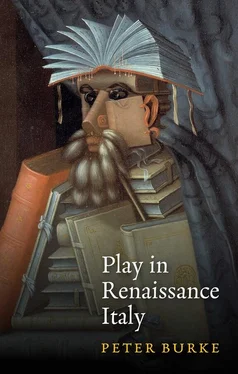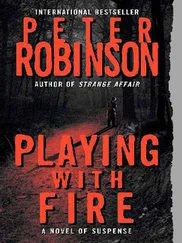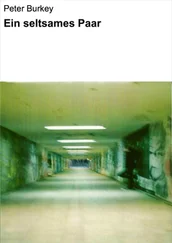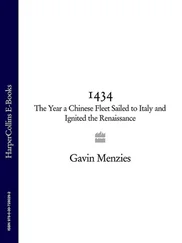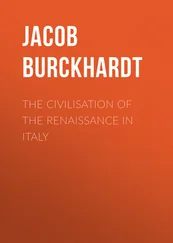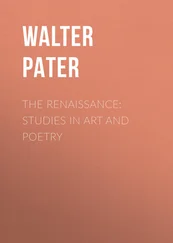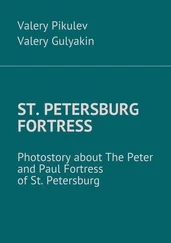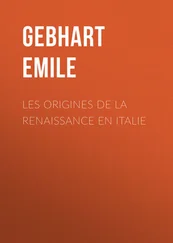If texts are to be trusted (since they usually lag behind speech), the number of words available to describe forms of play expanded in the fifteenth and sixteenth centuries. In the fifteenth century, we find baia , a synonym for beffa ; canzonare (‘to joke’); ciurmare (‘to deceive’); furbo (‘trickster’) – a term still common in Italy, with a positive meaning; ludicro (‘funny’); mottevole (‘witty’); scherzo (‘joke’); stravagante (‘over the top’); and uccellare (‘to fool’).
In the sixteenth century, leading Renaissance writers such as Aretino, Ariosto, Bembo, Berni, Castiglione, Grazzini, Machiavelli and Vasari added terms such as acutezza (‘wit’); arguzia (‘shrewdness’ or ‘wit’); bagatelle (‘frivolities’); bizzaro ; buffoneria ; burla, burlesco ; capriccio, capriccioso ; commedia (in the sense of ‘comedy’); faceto (‘witty’); furbesco (‘sly’); ghiribizzi ; giocamente (‘for fun’); grottesco (‘grotesque’); passatempo ; pazzeggiare (‘to act like a mad person’); piacevolezze ; ridicolo and ridicoloso . The proliferation of words is surely a sign that more attention is being given to play than before, a conclusion that is confirmed by the rising number of treatises on particular games, and the learned discussion of the nature of humour.
In what follows, Chapter 2describes forms of play in Renaissance Italy. Italians of the period played many games, including mock-battles and the ancestors of football, tennis, and some ‘parlour games’. Chapter 3is concerned with different kinds of humour, in words, images and actions, from comedies to practical jokes. Chapter 4discusses the debate about play, the critics and the defenders. Chapter 5adopts a sociological approach, asking who played, where and when. Chapter 6discusses changes over the long term, from the fourteenth to the early seventeenth century, while the Epilogue continues the discussion up to our own time. Throughout the book, I shall be concerned with the uses and functions of play, which are surely just as important as work in the construction, expression and maintenance of both individual and collective identities.
As the Further Reading makes abundantly clear, this book is very far from the first contribution to the subject. Academic historians only began to take play seriously in the last few decades, from the 1970s or 1980s onwards, but they had a long chain of predecessors, a varied, unexpected and sometimes eccentric group of pioneers.
The History of the History of Play
A concern with the history of play goes back to the Renaissance itself. Books about play, such as the treatise on games of chance by the polymath Girolamo Cardano or the dialogue on games by the Sienese patrician Girolamo Bargagli, illustrated the antiquity of games with examples from ancient Rome, while the humanist physician Girolamo Mercuriale wrote a treatise on ancient Greek and Roman gymnastics. 13In the seventeenth century, a study of the comic poetry of the ancients was published by the poet and scholar Nicola Villani. 14After Villani, the history of play fell out of favour. A few eighteenth-century historians, notably Ludovico Muratori and Girolamo Tiraboschi, wrote on the subject, but not very much and often with disapproval. Muratori’s dissertations on Italian medieval antiquities discussed what the author called ‘public games’, while Tiraboschi’s history of Italian literature described the ‘frivolities’ ( frivolezze ) of the Renaissance academies, including the ‘ridiculous names’ of these organizations. 15
In the early nineteenth century, Isaac D’Israeli, an English man of letters (as well as the father of Benjamin Disraeli), wrote an essay on the Italian academies in which, following the lead of Tiraboschi, he claimed that these ‘denominations of exquisite absurdity’ revealed the ‘national levity’ of the Italians. 16Later in the century, in a multivolume study of the Renaissance, another man of letters, John Addington Symonds, criticized what he called the ‘frivolity’ of the Italian comic poet Annibale Caro. 17
The great cultural historian Jacob Burckhardt was unusual in his day in devoting ten pages to what he called ‘ridicule and joking’ ( Spott und Witz ) in his famous essay on the Civilization of the Renaissance in Italy (1860). Viewing it as a corrective to ‘the modern desire for fame’, part of a larger trend that he described as ‘the development of the individual’, Burckhardt went on to discuss the jests attributed to the priest Arlotto Mainardi and the court fool Pietro Gonnella; the practical jokes recounted in the short stories ( novelle ) of the period; parodies of romances of chivalry; the Renaissance theory of laughter and the satire of ‘the greatest railer of modern times’, Pietro Aretino. I shall return to all these themes and individuals in later chapters. 18
For a long time, discussions of the history of play in Italy (and elsewhere) were dominated by specialists in literature (including, of course, the theatre, a field in which there has been a long tradition of studies). Tiraboschi and D’Israeli were followed in the early twentieth century by Arturo Graf, a professor of Italian literature at the University of Turin, whose essays on comic poetry will be cited on various occasions in later chapters. In contrast, the Italian philosopher-critic Benedetto Croce, writing on what he called the ‘late Renaissance’, declared that the phrase ‘comic poetry’ ( poesia giocosa ) was a contradiction because poetry is ‘always serious and severe’. Croce also denounced mock-epics as signs of ‘the lowering of taste’. Thomas F. Crane, an American professor of literature, took play more seriously and devoted a chapter to what he called ‘Parlor Games’ (translating giochi di sala ), in a book on social customs in sixteenth-century Italy. 19
Crane’s interest in the topic was closer to that of antiquaries and folklorists than to that of his literary colleagues. Cesare Guasti, an archivist and an admirer of Muratori, published a collection of texts describing the feast of St John the Baptist in Florence. The journalist Alessandro Ademollo wrote a history of Carnival in Rome. Giuseppe Pitrè, a pioneer of Italian folklore studies, wrote on popular customs, festivals and games in Sicily. The German scholar Aby Warburg, whose concern with the Renaissance transgressed frontiers between disciplines, studied festivals at the court of the Medici in Florence. An eccentric Englishman, William Heywood, had been active as a lawyer, a journalist and even a cowboy before he retired to Siena and began writing on what he called ‘the sports of Central Italy’. 20
Outside Italy, the story of the growing interest in play is a similar one. In France, scholarly interest in Renaissance festivals was launched at a conference in 1955. 21In 1965, two important books on Carnival were published, one in Madrid and the other in Moscow. One author, Julio Caro Baroja, was well known in Spain as an anthropologist, a historian and a folklorist. His book has a distinguished place in the long series of studies in which the author constructed a historical anthropology of Spanish culture. Caro Baroja drew on anthropological theory, notably that of Sir James Frazer, usually to criticize it for speculation and overemphasis on pagan survivals. 22
The second author, Mikhail Bakhtin, also criticized Frazer and the folklorists but from a rather different point of view, accusing them of a lack of ‘theoretical pathos’ – of collecting ‘curiosities’ while failing to see the world of folk humour as a whole. It is difficult to say whether Bakhtin’s concern with play developed out of his interest in a French writer of the Renaissance, François Rabelais, or the other way round. In any case, his study Rabelais and his World (written before 1940 and finally permitted to be published in the USSR in 1965) is a major contribution not only to the interpretation of a masterpiece of French literature but also to the theory of play, alongside that of Huizinga (who might have been shocked by some of the ideas of his Russian colleague, had he been able to read his work).
Читать дальше
